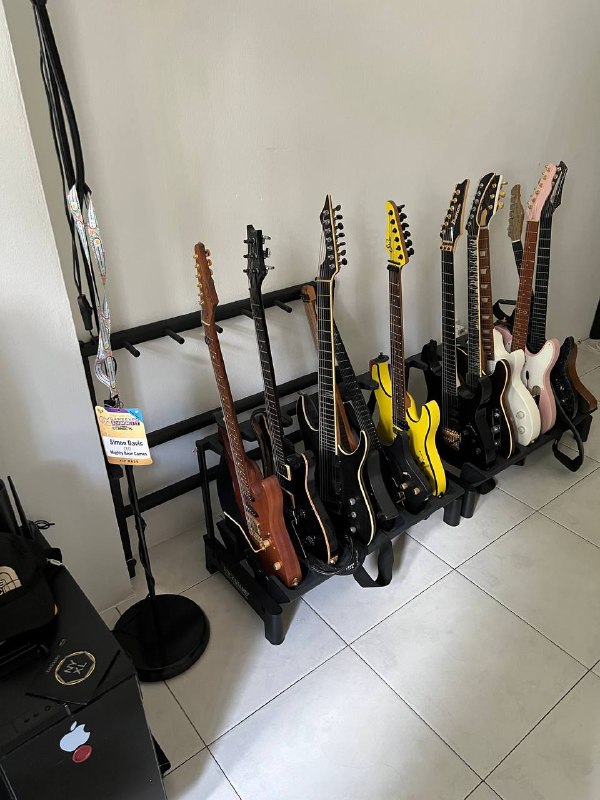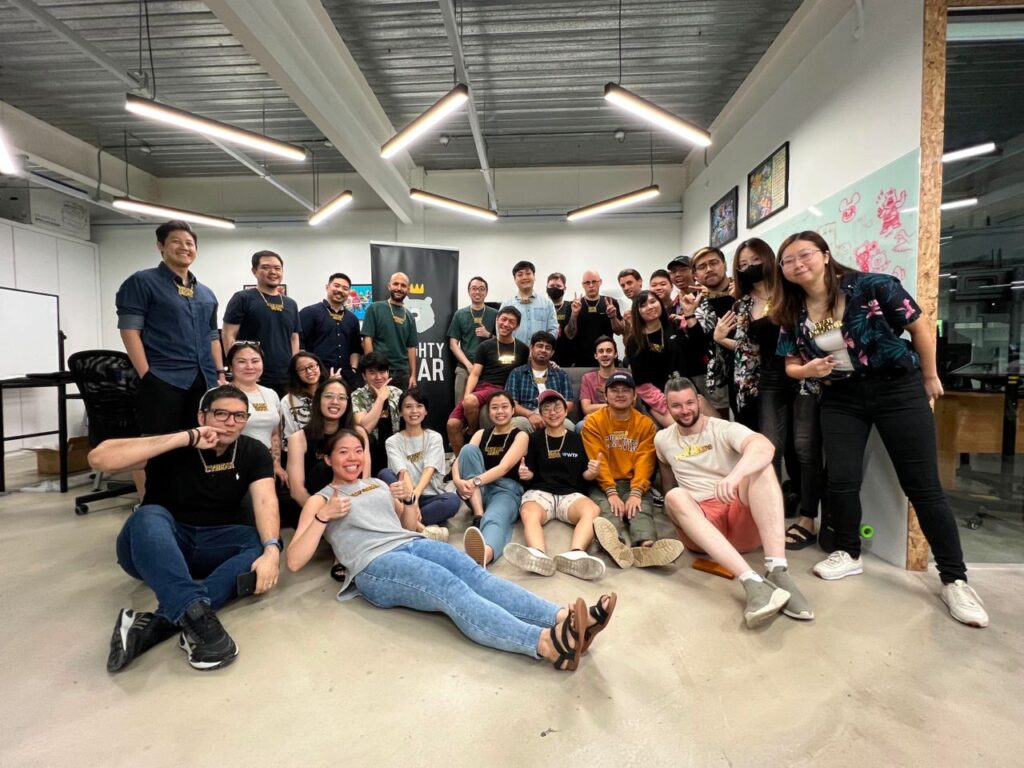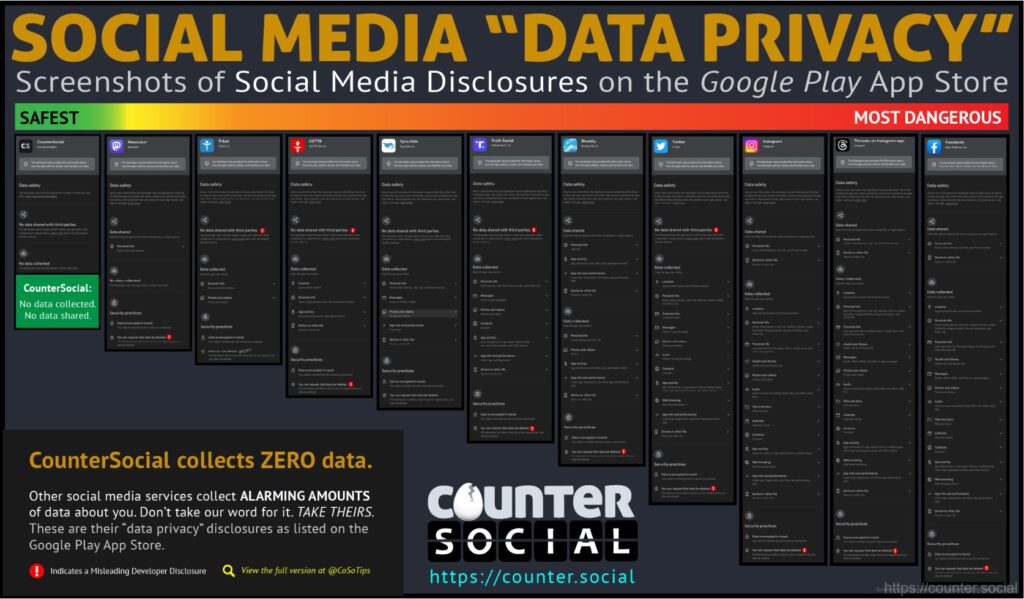
Instagram CEO Zuckerberg’s $40B metaverse losses, AI-powered NFT RPG on Discord, new Web3 eSports platform and a hot take on Gods Unchained.
Mark Zuckerberg tries to restore trust as metaverse losses cap $40B
Lets get business out of the way before getting to the fun part: Meta, the parent company of WhatsApp, Facebook and Instagram, is heavily involved in virtual worlds through its metaverse unit, Reality Labs.
However, its investments have yet to pay off, with the metaverse company reporting collective losses of over $40 billion.
Despite the losses, investors are optimistic about Meta CEO Mark Zuckerbergs long-term bet on the metaverse, sending the stock up 7% after hearing Zuckerbergs reasoning on the Meta Q2 2023 Earnings call.

Wall Street seems convinced by his arguments, which are backed by Metas improved overall business performance as the platform saw its revenue increase in the second quarter. Zuckerberg aims to cover metaverse costs with the growth from Metas family of apps, which has increased by $2 billion, making it just over halfway to covering the $3.7 billion loss from Reality Labs.
I can’t guarantee you that I’m going to be right about this bet. I do think that this is the direction that the world is going in.
The Meta CEO believes an immersive version of the internet will become the norm. He supported this statement with examples of trends such as smart glasses and immersive communication:
There are 1 billion or 2 billion people who have glasses today. I think in the future, they’re all going to be smart glasses. And all the time that we spend on TVs and computers, I think that’s going to get more immersive and look something more like VR in the future.
After the launch of Threads excitement over which faded after a short while but has been reignited Meta will reportedly release AI chatbots with human-like personalities with a focus on user retention.
Role-playing game combines AI and NFT on Discord
A new blockchain game is cooking for all the text-based role-playing game lovers out there. Alchemy: Battle for Ankhos will be running on Discord, using the platform’s familiar environment to host battles in a fantasy world.
Although this isnt an entirely new concept, with examples like Wordle, PokeMeow and Guess the Song, bringing along crypto and AI will surely spice things up.
The art style immediately conjures memories of Darkest Dungeon another turn-based RPG with roguelike mechanics. Four developers are building the game with the support of generative AI tools, including OpenAI and Midjourney. The Alchemy: Battle for Ankhos team utilizes Midjourney to create art, while OpenAI gives NPCs custom behavior.
The project, which was one of the five winners in Solanas NFT Showdown, will allow players to mint their assets from in-game menus without any blockchain knowledge. According to the games creative director, Alex Finden, nearly every asset earned or purchased in-game will be optionally mintable.
A new challenger: Web3 gets a new esports platform
Professional Dota 2 player Erik Tofu Engel, who has won over $400,000 from various esports tournaments, has recently expressed interest in the Web3 stage.
Short for electronic sports, esports is a growing industry with an audience of more than half a billion people on the global stage in 2022, with expected growth to $1.87 billion in revenue by 2025. With these numbers, it is no wonder Web3 players are competing to enter the space.
Crypto gaming startup Ultra also heard the call and announced the launch of an esports tournament platform built on its own blockchain network called Ultra Arena. The platform, which will launch on Aug. 8, will allow players and brands to organize tournaments and leagues with NFTs and platform tokens as prizes.
Ultra Arena officially launches on the 8th of August!
— Ultra (@ultra_io) July 26, 2023
Team up with your friends, compete in your favorite games, and win amazing prizes!
Get ready to show off your skills and rise to the top in @ultraarena_io!
Read the details: https://t.co/3Tw9RIangz#EnterTheArena pic.twitter.com/Flwa9SNIOu
Ultra Arena will support popular Web2 games, including League of Legends, Counter-Strike: Global Offensive, Overwatch 2 and PUBG, along with games already available on its PC game store, Ultra Games.
Hot Take: Gods Unchained
One of the oldest and most popular free-to-play Web3 games, Gods Unchained, found its way into my playlist with its recent release on the Epic Games Store.
The turn-based card game distinguishes itself from frontrunners of the genre with its Web3 elements, presenting the cards as tradeable NFTs and hosting a player-focused community marketplace.
Along with cosmetic items such as card backs and trinkets, cards can be bought and sold in the marketplace, providing true ownership to the players. There are also card packs, which can be bought using the GODS token.
The game features beautiful animations and a slick art style in general, but lag in gameplay and in menus often overshadow the graphics. Gods Unchained draws heavy inspiration card game genre classics, most notably Blizzard Entertainments Hearthstone.
The usual mana, strength and health mechanics are all there, with the addition of Gods, which are like Heroes from Hearthstone. Gods have their own abilities, which you can choose at the start of the match.
After booting the game up and trying to play the first mission out of three in the tutorials, a bug appeared which prevented me from completing the mission, so I decided to concede the in-game button for surrendering with the intention of restarting the mission.
The game returned to the menu and awarded me the completion rewards for the first mission. So, I thought, Huh, maybe that was the last step of the mission and the game registered it as complete.
Then came the second mission, which was completed with no issues. On the third mission, another bug appeared. I tried waiting, clicking on every possible option and, with nothing else to do, had to concede. In front of me was the menu with completion rewards.
After that, I played a few casual and ranked games, and all went smoothly without any problems.

In conclusion, the game could use some work. It does not present the seamless experience of Hearthstone or introduce new mechanics like Marvel Snap. Considering it has been five years since its initial release, and there are unfixed bugs in the tutorial missions, it feels like the developers arent really concerned with user experience. Hopefully, they can fix these issues in their upcoming mobile release.
If you are a fan of the genre and a crypto enthusiast, it is worth taking a look at. Otherwise, you are better off playing Magic: The Gathering, Hearthstone, Marvel Snap or Legends of Runeterra.
More from Web3 gaming space:
Axie Infinity creator Sky Mavis partnered with CyberKongz to enrich the Ronin platform.
Solana-based NFT game Aurory will integrate Ethereum scaling technology Arbitrum using its SyncSpace system.
Web3 gaming guild Yield Guild Games announced an extended collaboration with Polygon Labs to provide enhanced support to partner games developed on the Polygon network, including popular titles like The Sandbox and Crypto Unicorns.
Hasbro will collaborate with Xplored, the company behind the Teburu digital board game system, to experiment with integrating smart-sensing technology, AI, and dynamic multimedia.
Rumble Racing Star developer Delabs Games raised $4.7 million in seed funding for development on Polygon.
Solert Games will launch “Game of Thrones” star Hafthor Bjornsson endorsed Legends at War on the Avalanche blockchain.
Mobile tower defense strategy game EF Defense is set to launch on the Ethereum scaling network, Immutable zkEVM.


















































